How to train with a power meter: the benefits and limitations explained
Power doesn't equal glory - but it can help guide the way. Here's how to get the most out of a power meter in your riding
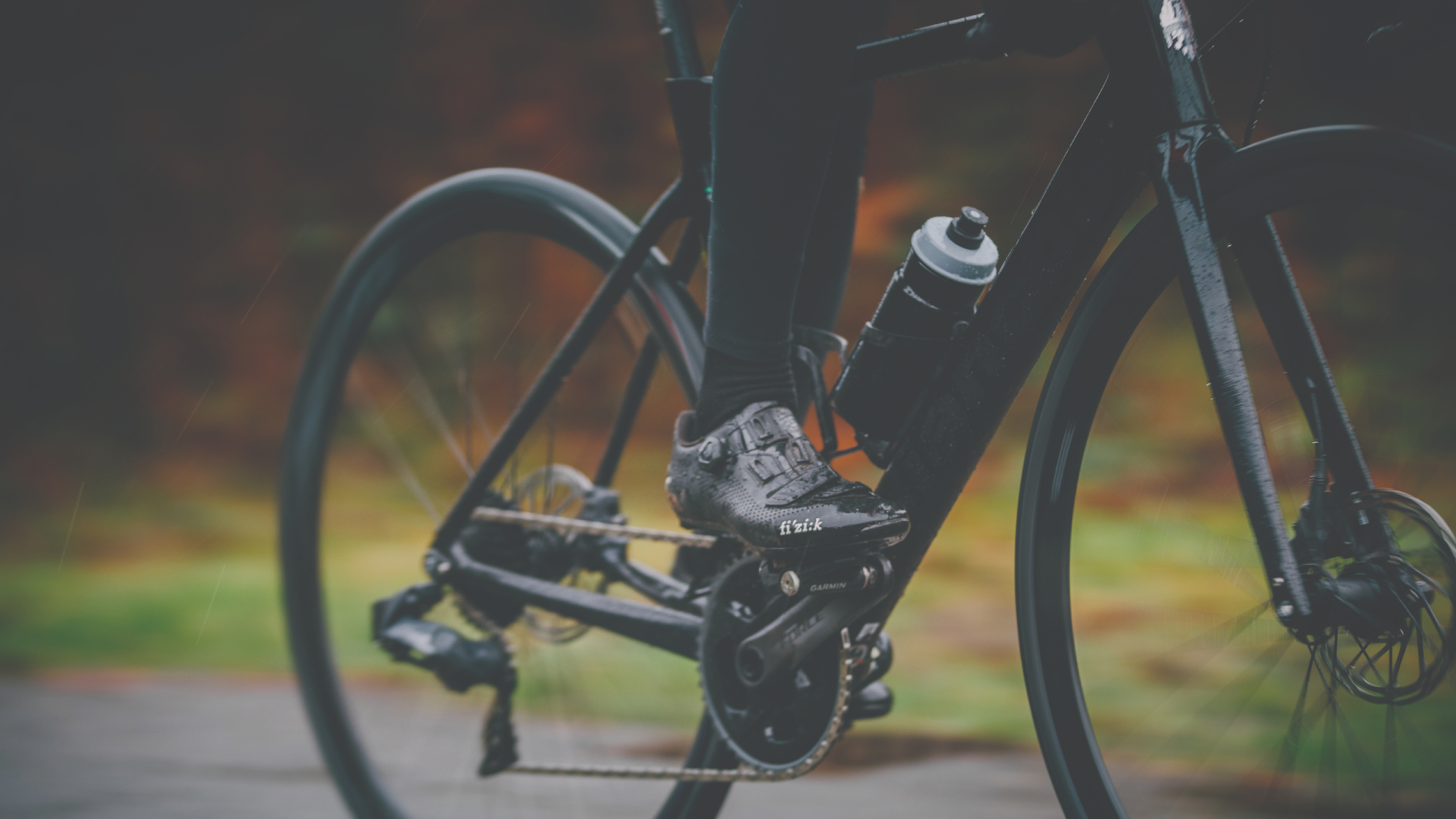
- What is a power meter?
- What are the benefits of using power over heart rate?
- What are the limitations of power meters?
- How to get started with a power meter
- How to use power data to set a training plan
- How else can you get the most out of a power meter?
- Power meter data mistakes to avoid
- Training data glossary
- Which power meter should you buy?
- Peter Sagan’s views on power meters
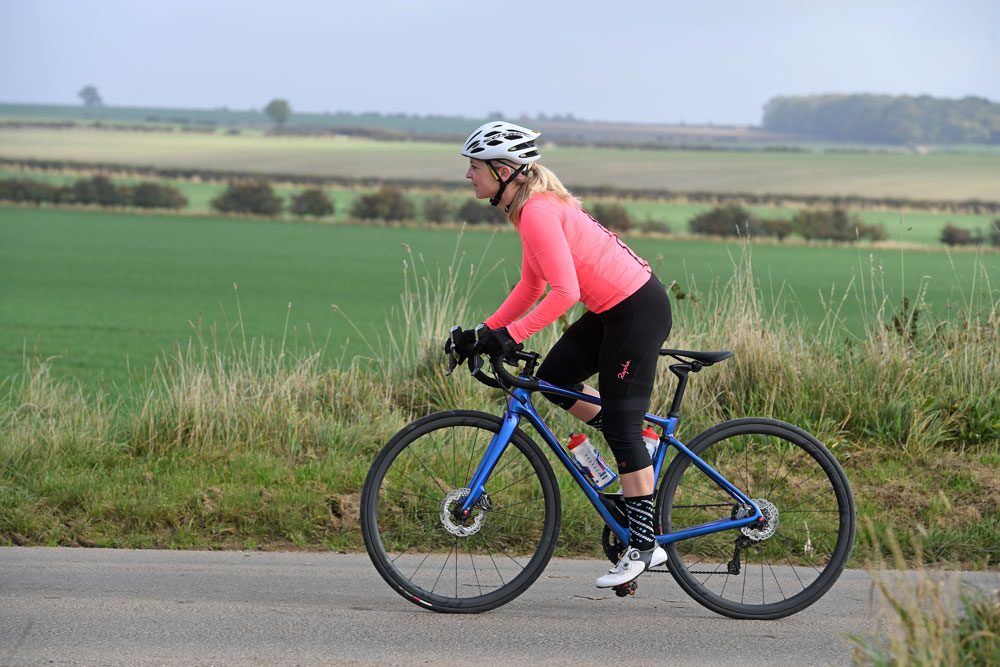
Deena Blacking
Whether you have a power meter on your road bike or you use a smart turbo trainer with a power meter built-in, power meters are a useful tool for measuring your efforts and tracking your fitness progress.
Power meters are certainly getting more affordable, but knowing what to do with one to get the most out of your training is a different matter.
Jon Sharples of Train Sharp Cycle Coaching explains: “The main benefit is to give you real time information so that you can gauge your effort.”
It’s not just about looking at your numbers after a ride, though: “Simply looking at the data afterwards will not let you make the most of your training ride or pace your race effectively,” says Sharples.
What is a power meter?
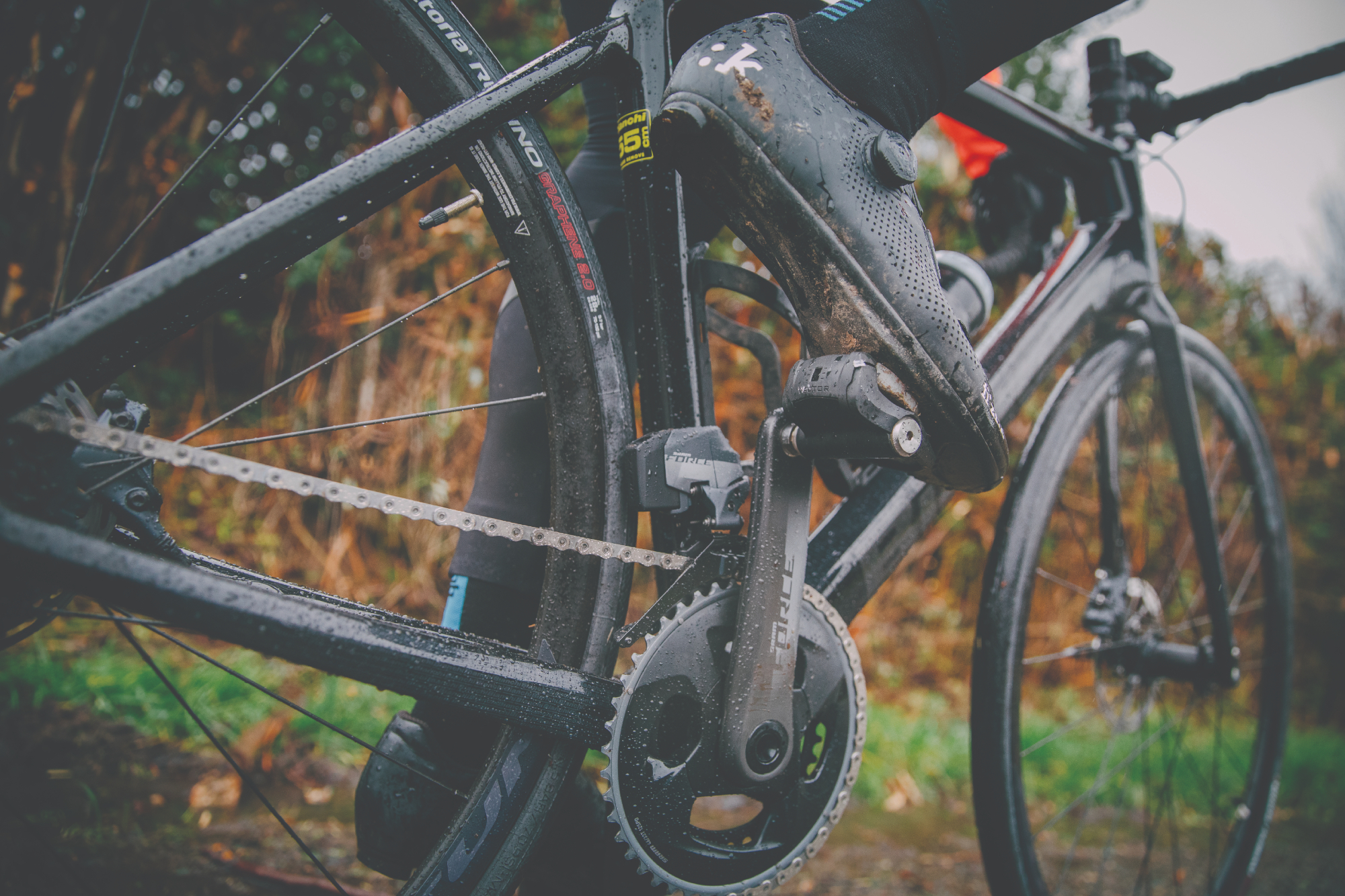
The watt is the standard unit of measurement for power, and it’s been around for nearly 140 years, thanks to Scottish engineer James Watt. Power is the rate at which energy is used over time, i.e. the work a cyclist does to propel the bike forward. The more energy we expend, the further and faster we go. The scientific equation is this: power equals force times velocity, i.e. the result of the effort you push through the pedals (force, or torque), and how fast you push those pedals (velocity, or cadence).
You can choose to rely more on torque (grind), or more on speed (a high cadence) to produce the power you need. Generally speaking, more torque means more stress on your muscles; higher cadence means more stress on your heart. If you’re climbing up a hill, do you tend to grind or spin? Not all watts are created equal. Understanding how you produce power is key to efficient use.
What are the benefits of using power over heart rate?
Heart rate is a very useful metric but can vary as a result of numerous factors. “Factors such as hydration, energy levels, overall muscle fatigue and temperature can have a huge impact on heart rate, so you can never really be sure if there is more to give or if you should back off to conserve your energy,” explains Sharples.
Get The Leadout Newsletter
The latest race content, interviews, features, reviews and expert buying guides, direct to your inbox!
It also lags slightly behind your effort. Unlike a heart rate monitor, power is immediate and precise to within a few watts (subject to the error measurement of your power meter), particularly when efforts are shorter and/or more intense.
“This gives riders huge pacing benefits as they will know the numbers they can ride at for a set distance and stick to them. But the biggest advantage is that it allows you to train in the correct energy zone for your desired event(s),” explains Sharples. “If you are concentrating on 25-mile time trials then the only energy system that you want to build is the one that enables you to ride as hard as you can for one hour.”
Essentially, the benefits of a power meter are...
- Pace with perfection
- No drift, as with heart rate
- Train accurately
- Track your fitness
- Know when to rest
What are the limitations of power meters?
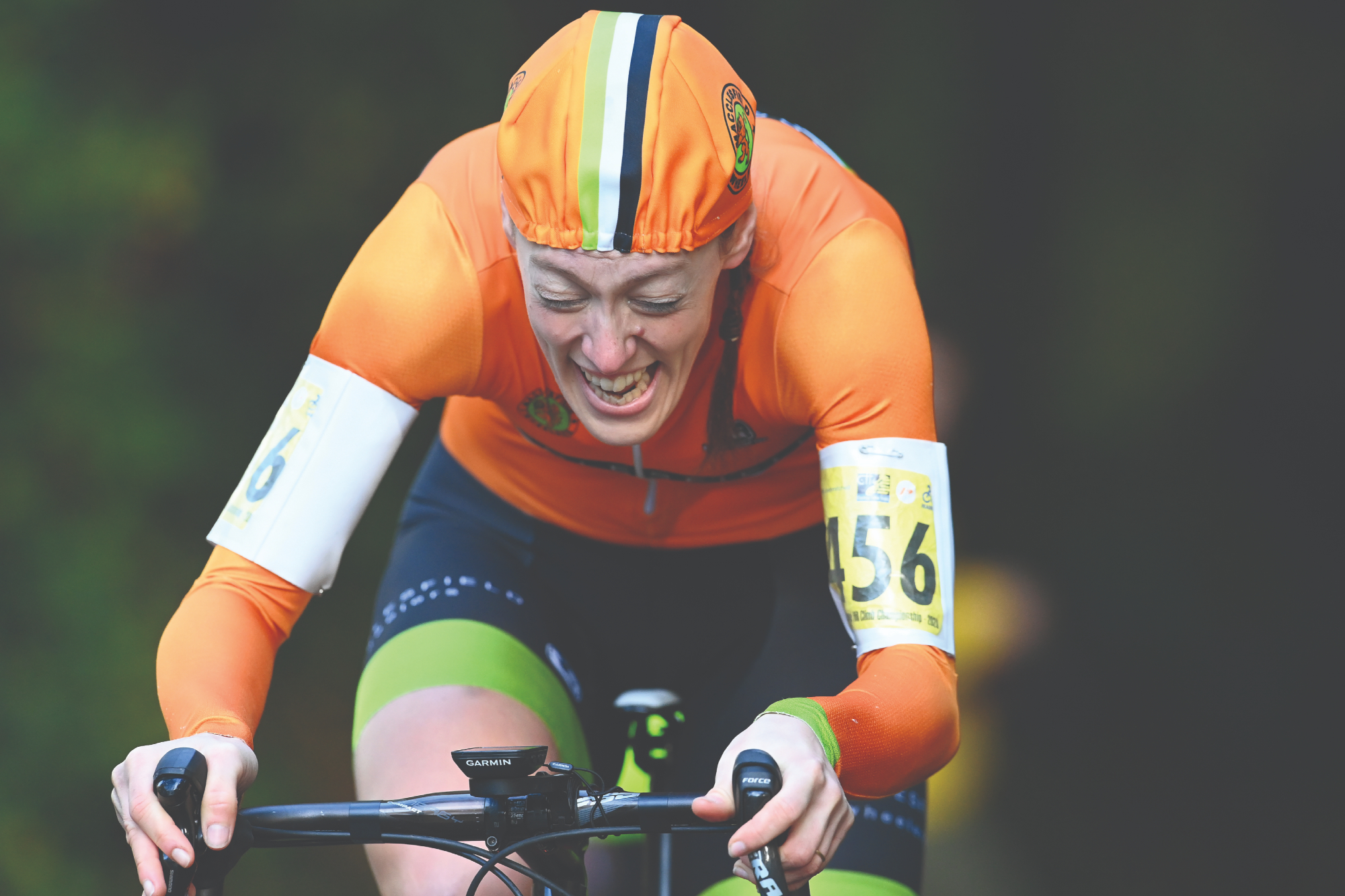
Monica Greenwood is British Cycling’s former Podium women’s endurance coach and is now an elite racer herself. She has been instrumental in developing world-class British female talent, including Elynor Bäckstedt, the youngest British female in the Women’s WorldTour. Her credentials need no further introduction. Greenwood doesn’t mince her words and gets straight to the point. “Power is a great training tool but it has its limits.”
There are two related benefits of power, in Greenwood’s view: first, as a motivational tool - it helps to track progress over time; second, it allows riders to be objective about their own performance rather than comparing themselves to others. “The best riders don’t just stare at their screens,” Greenwood continues. “They can corner; they can handle a bike. Most importantly, they have the ability to pace efforts based on feel and sensations.” The best riders dare to go beyond power targets and into uncharted territory.
“You won’t find new limits if you base your ability on what you’ve done before,” adds Greenwood. “To push beyond and find your potential, you need to race and see what comes out.”
Being a competitor as well as a coach, Greenwood draws on her own experience. In the 2020 UK National Hill-Climb champs, the then 31-year-old knew she needed to hold 400W for three minutes – but her three-minute personal best was 370w. Did that stop her? Of course not. She ended up averaging 407w, and claimed an impressive third place. The lesson? Let power guide and motivate you, but don’t let it limit your ambition.
How to get started with a power meter
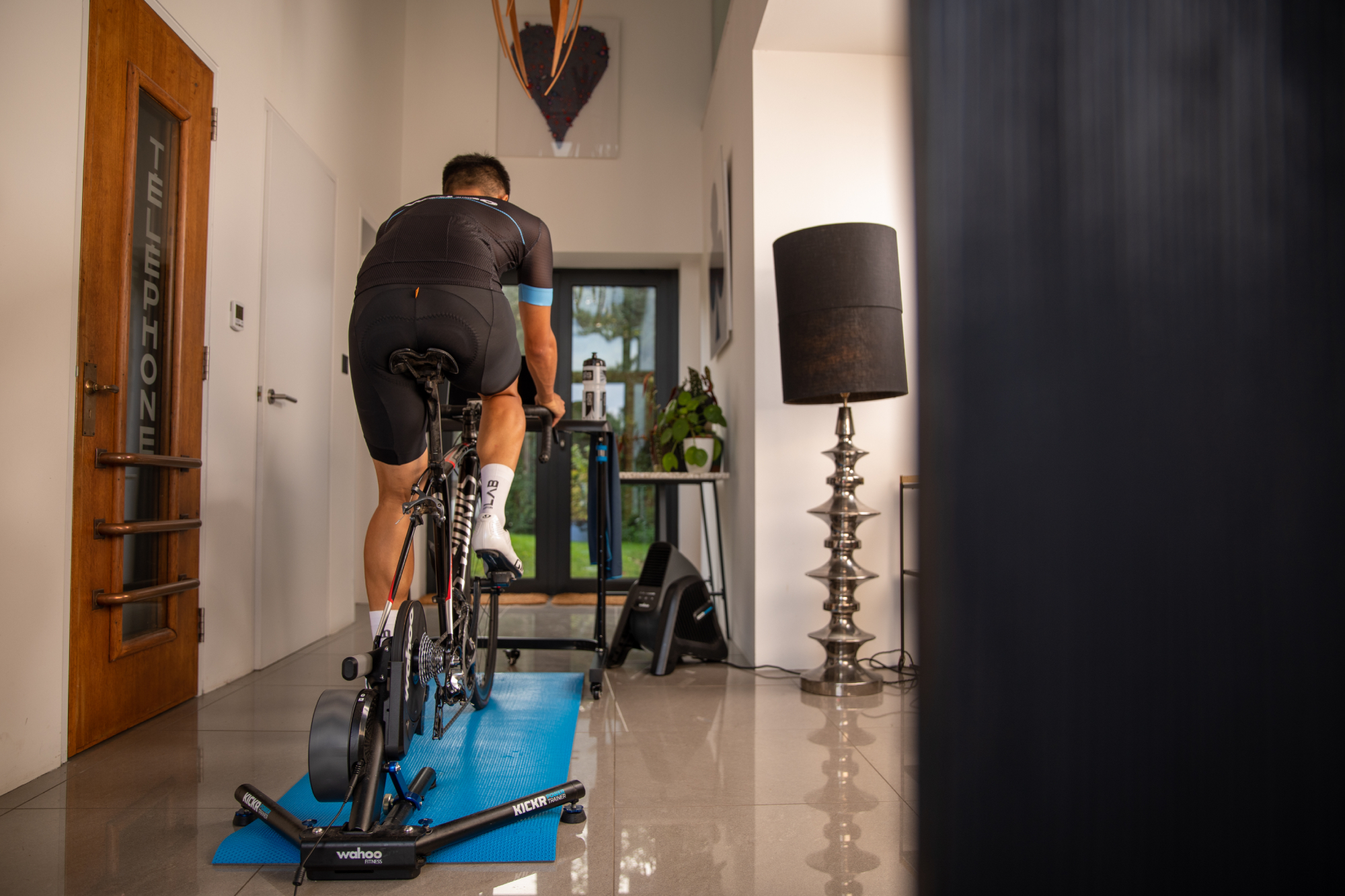
First off, you're going to need a power meter. There's pedal-based, bottom bracket-based, chainring-based and crank-arm based systems, some that measure from only one side and others that are double sided. Which one is best to go for all depends on how you intend to use it, your bike, your budget and if you want to use the power meter on more than one bike - our guide on the best power meters is a really great place for finding a power meter that will suit your needs.
But a power meter is nothing more than an expensive number-generating machine unless you know what you are doing with the data and can apply it to your training.
To train effectively with power, you need to find your thresholds and set your cycling training zones to guide your training. However, none of these benchmarks represent the gospel or universal truth. Cycling coaches and sports scientists often disagree on the exact definitions and applications. Nonetheless, every endurance cyclist can benefit from knowing their power at these three physiological thresholds:
Power at VO2 max/aerobic capacity (2-7min effort): The most common way to find this is to perform a maximal ramp test with 15-25W increases every minute. VO2 max is your top end.
Power at anaerobic threshold (20-40min effort): This is essentially an FTP (Functional Threshold Power) test; it can be found through a 20-minute test or by following Stephen Seiler’s open access Critical Power protocol, requiring several all-out TT efforts at various durations between three and 12 minutes.
Power at aerobic threshold (>1hr effort): This is harder to test for without lactate testing; essentially it’s your power at your long ride, general endurance pace, where heart rate tends to settle. Some say it’s roughly 70-75 per cent of your anaerobic threshold.
How to use power data to set a training plan

To improve your fitness, your body needs the right mix of hard training and effective recovery. However, without a power meter giving clear, accurate data it is very easy to train either too hard, or too easy, to get your desired results.
Power meters are especially useful for performing intervals, particularly short ones. Unlike heart rate there is no lag in the feedback so your training effort is precisely the right intensity for the full duration of the interval. “Very short, intensive intervals are not possible to judge using heart rate,” says Sharples. “By the time the heart speeds up to keep up with the muscles, the effort is often over.”
Getting to know your power output compared to heart rate is also a useful way to determine whether your training is working, Sharples explains, “Riding with power and heart rate allows you to track aerobic conditioning. If your heart rate starts to drop for the same power you are becoming more efficient [fitter].”
It can also pre-warn you of illness or overtraining when used in conjunction with a heart-rate monitor: “If your heart rate reads much higher or lower than normal for the same wattage that’s a good indication something’s not right.”
How else can you get the most out of a power meter?
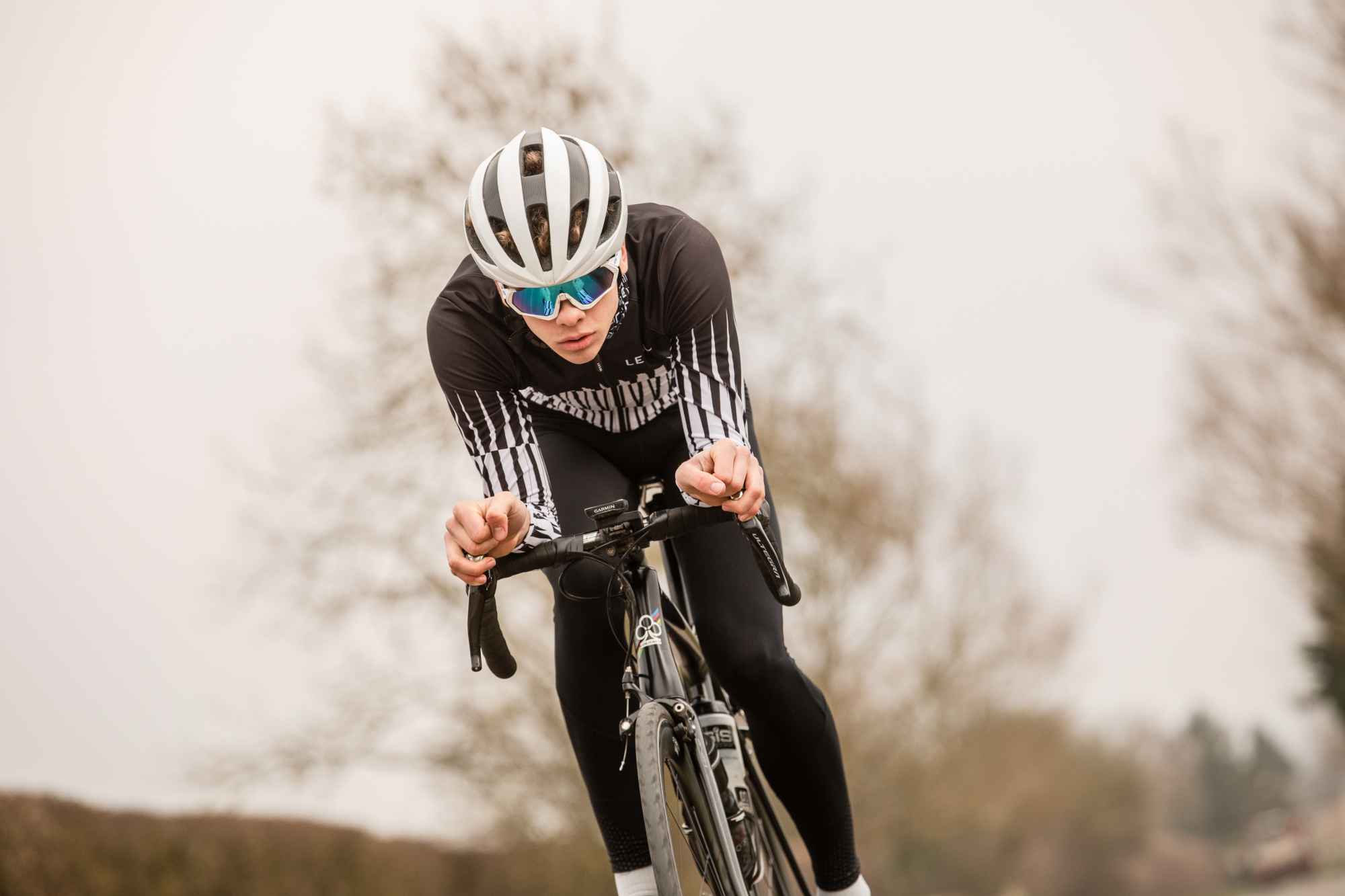
- Pacing gives you the edge over your competitors: If you know your threshold, you know what you’re capable of over a given amount of time, meaning you know you rode the fastest time possible in your TT or sportive.
- Find out whether you’re getting the most out of yourself in races: Tracking power allows you to compare training with racing so you can see if your pre-race taper is actually working, or whether a different strategy is needed.
- Compare yourself to previous years with accuracy: Your time in an event can change according to things like the road surface and weather conditions, and heart rate is affected by multiple factors. Power isn’t changed by outside variables so you know if you’re improving or not.
- Learn how to pace effectively: Set off at a power in your endurance zone - it will feel easy to begin with. Four hours in it will be hard to maintain but you’ll have done the most work.
- Calibrate your power meter regularly: Your device’s instruction manual will tell you how to do this. It ensures you’re not riding with numbers higher, or lower, than reality and are training at the right level.
- Say goodbye to ‘junk miles’ - the training that makes you tired but not fitter: If you ride with power there’s no denying when the numbers are down and it would have been better to have a day off.
Power meter data mistakes to avoid
- Failing to bear in mind whether average power includes freewheeling time, which dramatically affects the number.
- Confusing simple average power with normalised power. Normalised power accounts for intervals and efforts that have occurred over the entirety of the ride. Average power will simply average out the training session as a whole, which can lead to misinterpretation of more intense sessions that may have been more fatiguing than it appears.
- Forgetting to ‘zero offset’ a power meter before riding and then relying on inaccurate data. Think of zero offsetting a power meter as the same process as resetting a set of measuring scales. Air pressure, ambient temperatures and other things can alter power meter readings in between rides. Therefore ‘zeroing’ your power meter before each ride clears the residual torque and sets an accurate baseline to work from.
- Failing to acknowledge the differences between indoor and outdoor riding: the former involves zero coasting and no air resistance, whereas outdoors there are many variables such as wind and drafting gains.
Training data glossary
Many power meters and training plans convert training effort into stress, load and fatigue scores. If your power meter is outputting additional figures, here's how to understand them…
Training Stress Score (TSS): The number that relates to the intensity of a single training session. The higher the number the more strenuous it has been.
Acute Training Load (ATL): The short-term fatigue number that is accumulated, estimated over a seven-day period.
Chronic Training Load (CTL): The longer-term fitness accumulation rating based over a 42-day period of time. Rides that are completed more recently will be more weighted towards this number.
Training Stress Balance (TSB): This number is the difference between CTL and ATL and addresses whether a rider may be approaching top form. When this number is positive it indicates a good performance is approaching following a decent block of training combined with a low recent value of fatigue. This is where the tapering effect comes to fruition.
Which power meter should you buy?
You want to buy a power meter, but how do you choose from the 20- plus options? This is a good problem to have; the general increase in manufacturers making power meters has driven down costs over the years and forced companies to work on improving their products. Your own personal needs (and budget) should guide your choice.
Dipping your toe in? Consider less expensive options such as the 4iiii Precision or a Stages crank arm power meter. Need to transfer your power meter between bikes or take it on holidays? Take a look at the Favero Assioma power meter pedals, which are the most competitively priced of their kind. That said, be aware that pedals tend to be less accurate than crank-based power meters.
Desire for absolute accuracy, whatever the cost? We’ll reserve judgement on this one, as no power meter is completely immune from error. While technology has improved over the years, there are still many stories of inaccurate readings and malfunctioning units. Before you drop the cash, decide what you need it for and make sure to do your research.
When you do take the plunge, make sure you follow the instructions and avoid the avoidable mistakes. Install diligently obeying the instructions, and calibrate every time you ride.
Peter Sagan’s views on power meters

“As far as I’m aware, no bike race has ever been won on a power meter,” wrote Peter Sagan in his autobiography My World. The triple world champion and owner of more points jerseys than there are days in a Grand Tour doesn’t care for big talk about wattages.
We asked Sagan for his top advice for CW readers on training with power: “I think that the most important thing one has to understand is that the power meter is a device which should help us improve our training. In my view, it will never be a predictor of future victories but it helps me track my progress. The power meter is a tool for me and my coach but the way I feel and my sensations are the most important factors during training.”
The seven-time Tour de France green jersey winner is even more forthright about the role of power in racing: “During a race, you could even ignore it. Every race is a completely different story, with so many factors that can influence the result. You can even win with fewer watts than the rest of your main competitors. In a race, you should concentrate on how to win it, without limiting yourself by the watts you see on your screen.”
There is, let’s remember, no jersey for power - because power is only a guide to help you to get faster. True performance gains, and associated racing glory, come from much more than one metric. Watts don’t win bike races. People do.

Thank you for reading 20 articles this month* Join now for unlimited access
Enjoy your first month for just £1 / $1 / €1
*Read 5 free articles per month without a subscription

Join now for unlimited access
Try first month for just £1 / $1 / €1
Hannah Reynolds interest in cycling began while studying for a degree in Sports Science at the University College Chichester and surrounded by elite level cyclists. She is now undertaking a PhD at Sheffield Hallam University investigating the use of e-bikes by older people.
A committed dabbler whose passion outweighed her talent Reynolds has competed across all disciplines of cycling bar BMX. In the very distant past she has been south-east road race champion, southern cyclo-cross champion and finished third in the European 24hr Solo mountain-bike champs in 2011. She was also the Fitness Editor of Cycling Weekly for 15 years.
Hannah Reynolds is author of several cycling books, France-en-Velo a guide to the ultimate 1000 mile cycle route from the Channel to Med; Britain's Best Bike Ride. LEJOG1000; A 1000 mile journey from Land's End to John o' Groats and 1001 Cycling Tips.
-
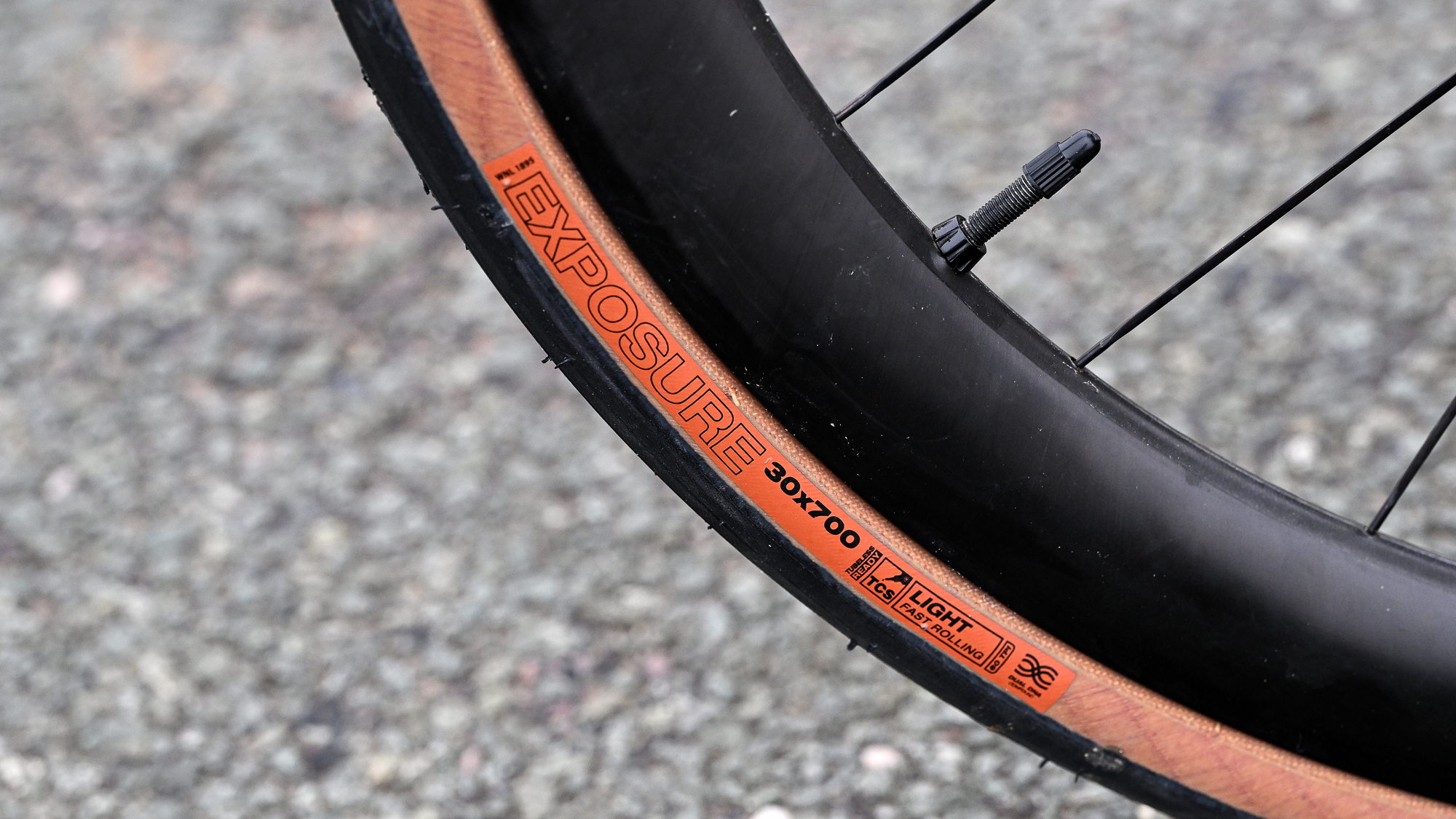 WTB Exposure TCS - a 'fast adventure road tyre'
WTB Exposure TCS - a 'fast adventure road tyre'The WTB Exposure TCS tyre offers an enticing combination of comfort, speed and durability aimed at pretty much everyone except racers
By Tim Russon Published
-
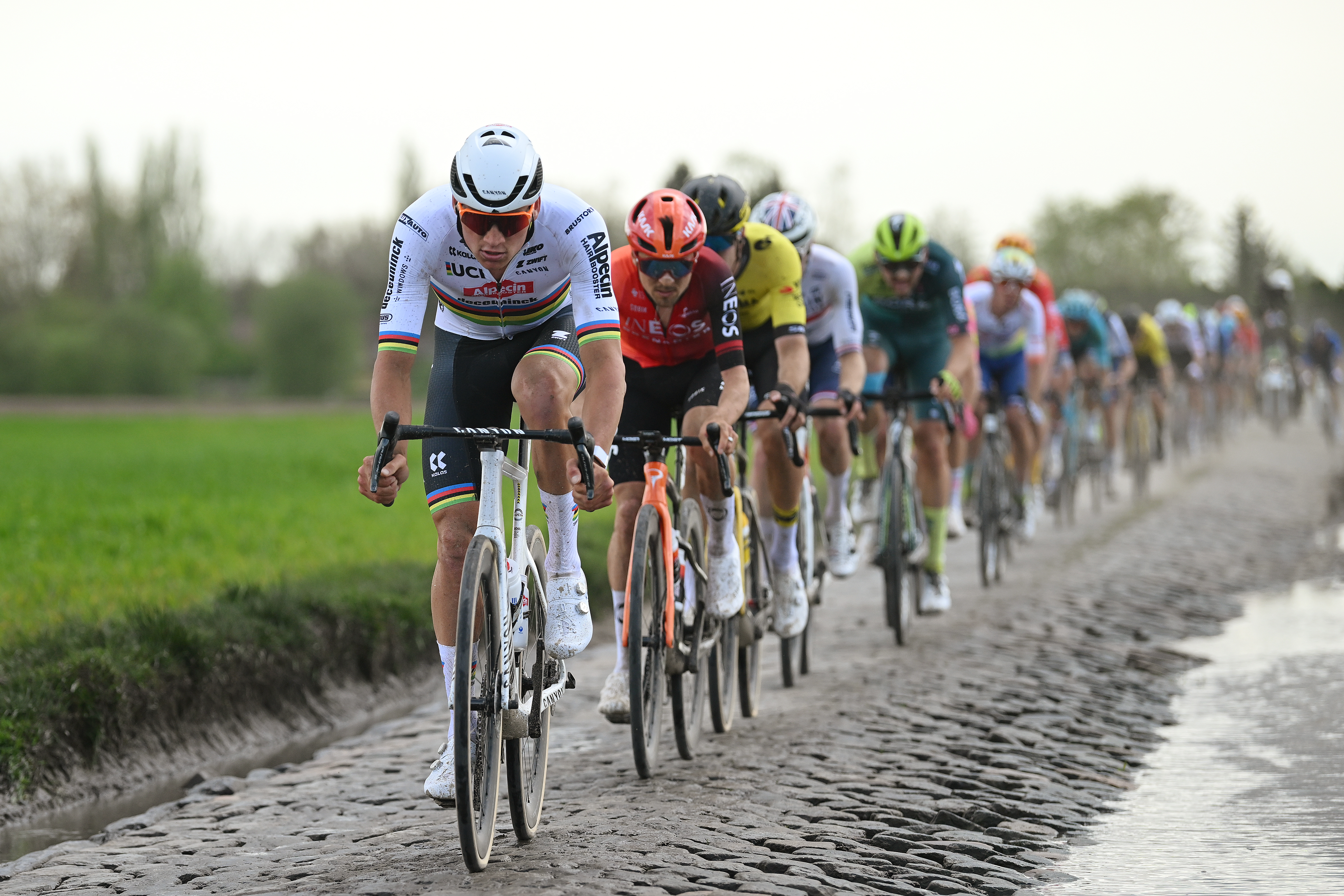 Tadej Pogačar's historic debut, Lotte Kopecky at the double and a new Arenberg diversion: Everything you need to know about Paris-Roubaix and Paris-Roubaix Femmes
Tadej Pogačar's historic debut, Lotte Kopecky at the double and a new Arenberg diversion: Everything you need to know about Paris-Roubaix and Paris-Roubaix FemmesThe Hell of the North happens this weekend - here's how to watch, who to watch, and what to watch out for
By Adam Becket Published
